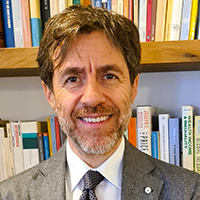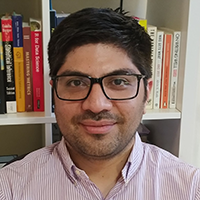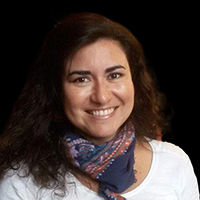 Vito Peragine | Chair and presenter
Vito Peragine | Chair and presenter
Inequality of opportunity in South Asia
Vito Peragine is Full Professor of Economics and Head of the Department of Economics at the University of Bari. He holds a Ph.D. in Economics from the University of York (U.K.). Previously he was Lecturer in Economics at the University "Carlos III" of Madrid. He has published widely in the fields of inequality, poverty and normative economics. He serves on the editorial boards of The Journal of Economic Inequality an The Review of Income and Wealth.
 Ercio Munoz Saavedra | Presenter
Ercio Munoz Saavedra | Presenter
Does it matter where you grow up? Childhood exposure effects in Latin America and the Caribbean
Ercio Munoz, a Chilean national, is an economist currently working at the Poverty and Equity Global Practice of the World Bank in Washington DC. Prior to this position, he worked at the Central Bank of Chile and the Inter-American Development Bank. His main areas of interest and expertise include labor economics, development economics, applied econometrics, and poverty and distributional analysis. Ercio holds a Ph.D. in economics from the City University of New York.
 Gabriela Zapata Román | Presenter
Gabriela Zapata Román | Presenter
The role of the family of origin in shaping inequality of opportunity in Chile (period 2006-2017)
Gabriela Zapata Roman is a Postdoctoral Research Fellow at Diego Portales University (Chile) and an Honorary Research Fellow at the Institute for Global Development at the University of Manchester (UK). Consultant for the German Development Institute (DIE). Research topics: structural transformations and inclusive growth, gender and labour market inequality, inequality of opportunities and educational achievements, and intergenerational mobility.
 Join the network
Join the network Vito Peragine | Chair and presenter
Vito Peragine | Chair and presenter Ercio Munoz Saavedra | Presenter
Ercio Munoz Saavedra | Presenter Gabriela Zapata Román | Presenter
Gabriela Zapata Román | Presenter